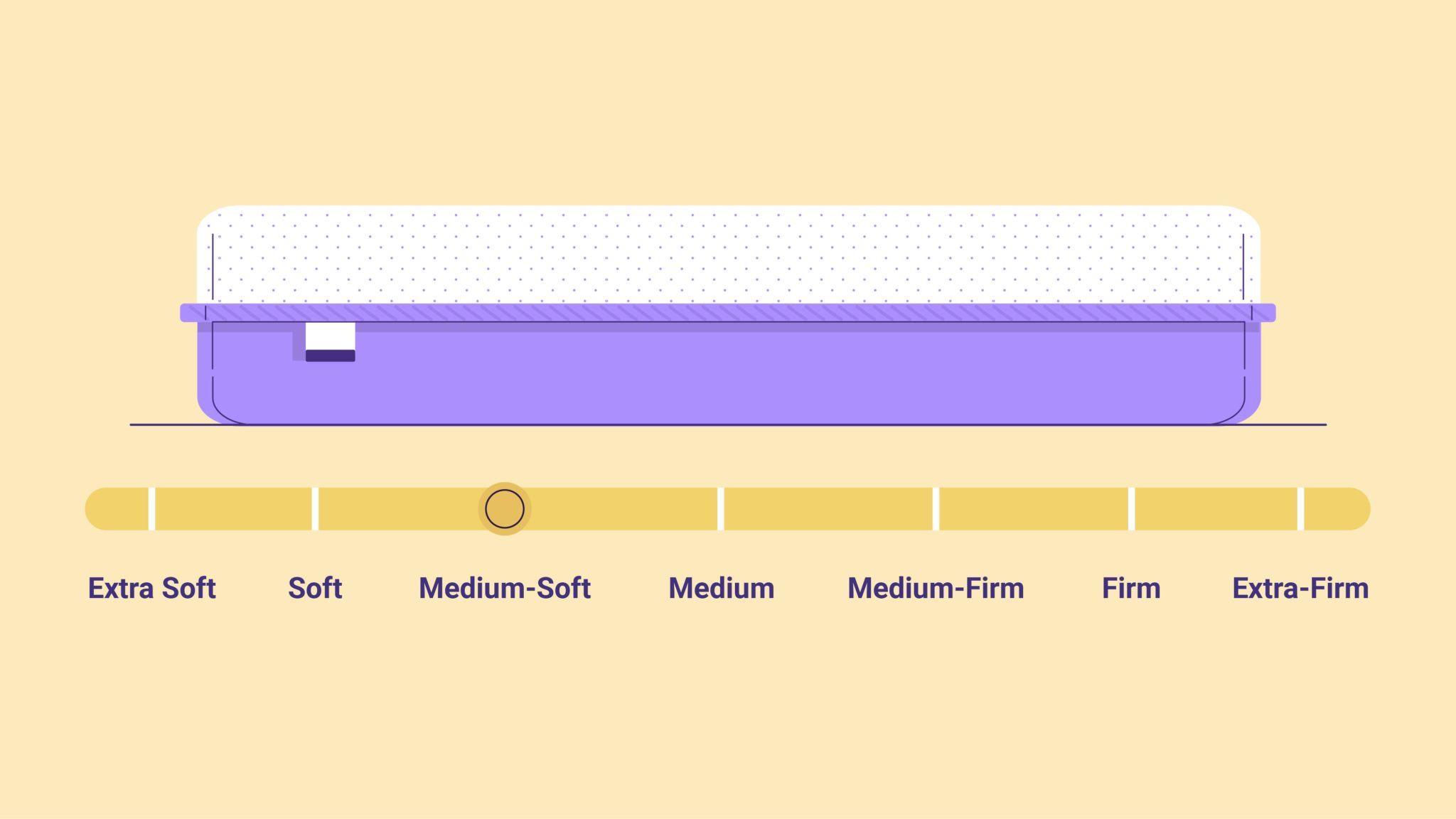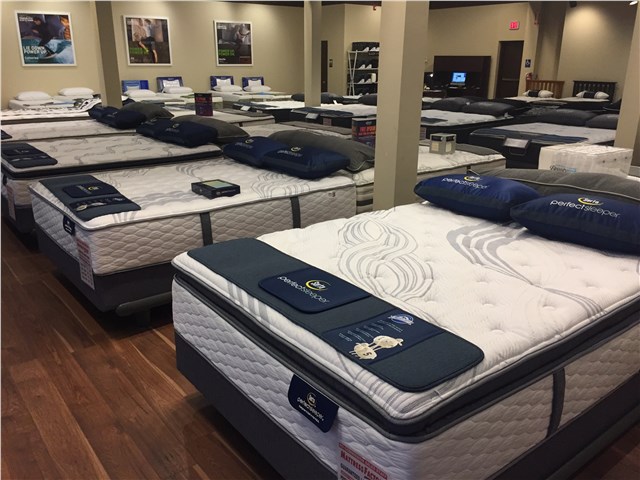Appropriate Work Surface Height
A great kitchen design should be tailored to the user’s needs and preferences. One of the most fundamental ergonomic elements in kitchen design is the appropriate work surface height. The comfortable height of the work surface is different for everyone, depending on user’s height. Ideally, work surface should be between 28’’ to 33’’ high. A counter-height stool can make a kitchen design more ergonomically friendly and a kitchen island becomes an ideal spot for prepared meals.
Optimize Storage and Appliance Placement
Optimizing the storage and appliance placement plays an important role in kitchen design ergonomics. Many appliances must be stored away efficiently in order to make the kitchen easier to move around in. Utensils should be easily accessible with no disruption in the workflow. Good storage solutions, such as roll-out drawers will allow users to reach the most commonly used appliances and utensils without having to stretch or bend.
Accessible Utensils and Small Appliances
A well-thought out kitchen design should integrate the appliances and utensils that the users need to use most often. This will give the user easier access to the necessary utensils and appliances while cooking. A great way to make utensils easily accessible is to hang them up on a pegboard. Furthermore, an over-the-door rack can be a great way to store small appliances.
Organized Countertop Spaces
An ergonomically designed kitchen should provide as much countertop space as possible. Using minimalistic design elements, like pot racks, will enable users to keep their counters clean and organized. It also eliminates any need for bending or stretching when looking for kitchen tools like a rolling pin or whisk. Additionally, including a cutting board that is larger than the surface area of the counters will provide user enough room for food preparation.
Ample Under-cabinet Lighting
Having adequate under-cabinet LED lights is essential for an ergonomic kitchen design. Having the right lighting in the kitchen makes it easy to find the necessary items and reduces any risks of misplacing items. Keeping kitchen tools within arm’s reach access will help any user move easily in the kitchen.
User-Friendly Cupboard Interiors
Utensils placed inside cupboards and drawers should be arranged in a user-friendly way. This will help users locate the items quickly and reduce any need for excessive bending or stretching. Adjustable dividers, canisters and shelves make it easier for users to organize items inside the cupboards. Utilizing space savers, like door-mounted storage solutions, stackable shelves and angled drawers, can help maximize the space inside cupboards.
Adjustable Shelving and Drawers
In many kitchen designs, the user is stuck with a variety of sizes and shapes of drawers and shelves. However, adjustable shelving and drawers increase the user’s accessibility and convenience when using small spaces. The shelves can be adjusted to different heights, depending on the needs of the user. This makes it easy to store a variety of items like condiments, pans and spices.
Heat-Resistant Kitchen Design
When cooking, it’s important to ensure that users are protected from the heat generated by the appliances. An ergonomic kitchen design should include heat-resistant materials such as granite and stone. These materials can withstand high temperatures and are easy to clean and maintain.
Accessible Kitchen Corners
Hard-to-reach kitchen corners will just add to frustration and disorganization. Having a kitchen design that provides easy access to all the storage and objects in the kitchen is key for an ergonomic kitchen design. Lazy Susan corner cabinets or pull-out trays can allocate items from the corners to the front of the cabinets. This makes it easier for users to access these hard-to-reach items.
Ergonomic Small Kitchen Design
Making the best use of space and design is the key in small-space kitchen designs. Whether you want to combine two adjacent walls into one kitchen workstation or add a rolling cart or an extendable countertop, making strategic decisions when creating a small-space kitchen design will improve the user’s experience and add to the overall ergonomics of the kitchen.
Designing an Ergonomic Kitchen
 To ensure that a kitchen operates both efficiently and safely, it is important to design it with ergonomics in mind. Ergonomic
kitchen design
involves selecting or constructing pieces of furniture that fit comfortably into the space and will facilitate the activities of the people who use it. It's important to consider both the
functionality
of each piece of furniture and the individual needs of the user.
To ensure that a kitchen operates both efficiently and safely, it is important to design it with ergonomics in mind. Ergonomic
kitchen design
involves selecting or constructing pieces of furniture that fit comfortably into the space and will facilitate the activities of the people who use it. It's important to consider both the
functionality
of each piece of furniture and the individual needs of the user.
Layout
 When laying out a kitchen, it is important to create a logical, easy-to-follow sequence. An efficient kitchen layout should allow for ample counter space for chopping and prepping food, and easy access to appliances, cooking tools, and utensils. Paying attention to the distance between appliances and countertops is also important. The farther apart they are, the more steps it takes to move between them. Making sure there is enough space for two people to work in the kitchen at the same time is also important.
When laying out a kitchen, it is important to create a logical, easy-to-follow sequence. An efficient kitchen layout should allow for ample counter space for chopping and prepping food, and easy access to appliances, cooking tools, and utensils. Paying attention to the distance between appliances and countertops is also important. The farther apart they are, the more steps it takes to move between them. Making sure there is enough space for two people to work in the kitchen at the same time is also important.
Accessibility
 All items in the kitchen should be within easy reach of the user. To ensure accessibility, the counters and cupboards should be designed with height and accessibility in mind, to accommodate stools or ladders where appropriate. If more than one person will be using the kitchen, keep in mind that different people may have different needs, and try to make the space as accessible as possible.
All items in the kitchen should be within easy reach of the user. To ensure accessibility, the counters and cupboards should be designed with height and accessibility in mind, to accommodate stools or ladders where appropriate. If more than one person will be using the kitchen, keep in mind that different people may have different needs, and try to make the space as accessible as possible.
Lighting
 Properly placed lighting can help to make the workspace brighter and safer. It can also help to reduce eye strain for the user. Consider installing a variety of lighting sources, such as natural and artificial light, task lighting, and accent lighting, to highlight features in the space.
Properly placed lighting can help to make the workspace brighter and safer. It can also help to reduce eye strain for the user. Consider installing a variety of lighting sources, such as natural and artificial light, task lighting, and accent lighting, to highlight features in the space.
Surfaces
 Kitchen surfaces should be easy to clean and maintain, and should be resistant to temperature and wear and tear. Properly sealed countertops and flooring will be able to withstand prolonged exposure to moisture, heat, and other common kitchen contaminants. Additionally, look for flooring that is slip-resistant.
Kitchen surfaces should be easy to clean and maintain, and should be resistant to temperature and wear and tear. Properly sealed countertops and flooring will be able to withstand prolonged exposure to moisture, heat, and other common kitchen contaminants. Additionally, look for flooring that is slip-resistant.
Considerations
 When designing a kitchen,
safety
should always be the first priority. Make sure to install proper ventilation, and be aware of any potential hazards, such as sharp edges, an uneven floor, and hot surfaces. Finally, it is also important to take into consideration the needs and preferences of all who will be using the kitchen to ensure that the workspace is comfortable and practical.
When designing a kitchen,
safety
should always be the first priority. Make sure to install proper ventilation, and be aware of any potential hazards, such as sharp edges, an uneven floor, and hot surfaces. Finally, it is also important to take into consideration the needs and preferences of all who will be using the kitchen to ensure that the workspace is comfortable and practical.

































































































